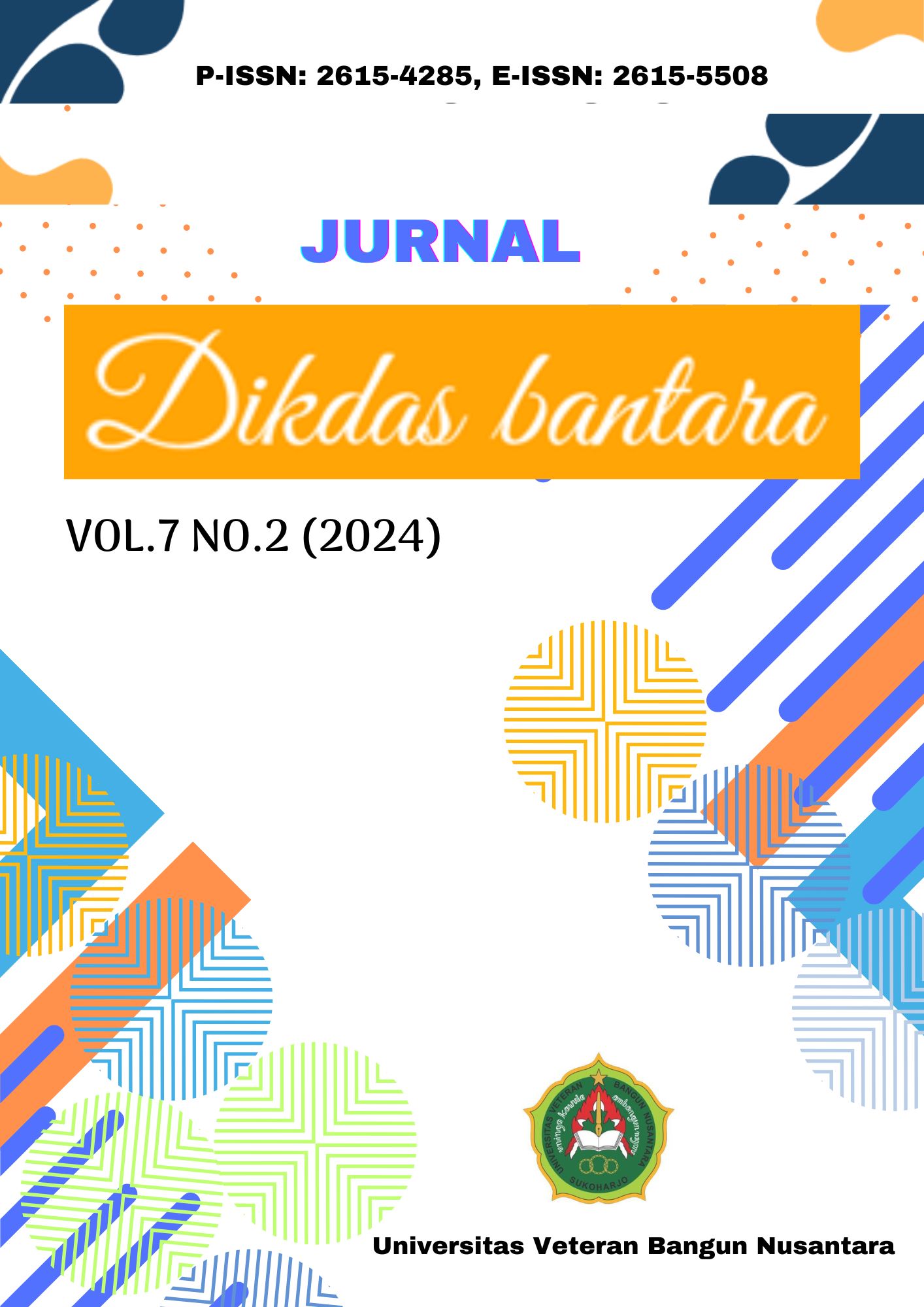UTILIZATION OF SCIENCE LEARNING VIDEOS THROUGH THE PROBLEM BASED LEARNING (PBL) MODEL IN CRITICAL THINKING SKILLS OF GRADE V STUDENTS OF STATE ELEMENTARY SCHOOL 7 LINGE BANDA ACEH
DOI:
https://doi.org/10.32585/dikdasbantara.v7i2.4927Abstract
Problem Based Learning (PBL) has been identified as an effective learning model in integrating theoretical and practical learning through a student-centered approach. This study aims to determine the benefits of science learning videos through problem-based learning models to improve students' critical thinking skills. using descriptive qualitative research methods can explain in depth about the understanding of the use of learning videos through the PBL model. The results of the study showed that science learning videos shown by teachers through the PBL model improved students' critical thinking skills. It was proven that when the teacher asked about the learning videos shown, students were very enthusiastic about asking and giving positive responses and the teacher welcomed the students' responses well and provided supplies to see the improvement in students' critical thinking skills with assignments done at home. This study revealed based on the results of interviews with the principal and teachers that students were interested in learning using videos used by teachers as a learning tool, especially in science material and students responded very well with various constructive and critical questions.
Downloads
Downloads
Published
Issue
Section
License
Copyright (c) 2024 Siti Rosnawati, Siti Mayang Sari, Lili Kasmini

This work is licensed under a Creative Commons Attribution-ShareAlike 4.0 International License.
The copyright to this article is transferred to Jurnal Dikdas Bantara if and when the article is accepted for publication under Creative Commons Attribution-ShareAlike 4.0 International License. The undersigned hereby transfers any and all rights in and to the paper including without limitation all copyrights to Jurnal Dikdas Bantara. The undersigned hereby represents and warrants that the paper is original and that he/she is the author of the paper, except for material that is clearly identified as to its original source, with permission notices from the copyright owners where required. The undersigned represents that he/she has the power and authority to make and execute this assignment.We declare that:
1. This paper has not been published in the same form elsewhere.
2. It will not be submitted anywhere else for publication prior to acceptance/rejection by this Journal.
3. A copyright permission is obtained for materials published elsewhere and which require this permission for reproduction.
Furthermore, I/We hereby transfer the unlimited rights of publication of the above-mentioned paper in whole to Jurnal Dikdas Bantara. The copyright transfer covers the right to reproduce and distribute the article, including reprints, translations, photographic reproductions, microform, electronic form (offline, online), or any other reproductions of similar nature. The corresponding author signs for and accepts responsibility for releasing this material on behalf of any and all co-authors. After submission of this agreement signed by the corresponding author, changes of authorship or in the order of the authors listed will not be accepted.
Retained Rights/Terms and Conditions
1. Authors retain all proprietary rights in any process, procedure, or article of manufacture described in the work.
2. Authors may reproduce or authorize others to reproduce the work or derivative works for the author’s personal use or for company use, provided that the source and the Jurnal Dikdas Bantara copyright notice are indicated, the copies are not used in any way that implies Jurnal Dikdas Bantara endorsement of a product or service of any employer, and the copies themselves are not offered for sale.
3. Although authors are permitted to re-use all or portions of the work in other works, this does not include granting third-party requests for reprinting, republishing, or other types of re-use.



















